Pearl Cockatiel: Comprehensive Care Guide for Beginners
Dive into our beginner's guide to Pearl Cockatiel care, offering insights into diet, habitat, health, and more for a thriving pet.
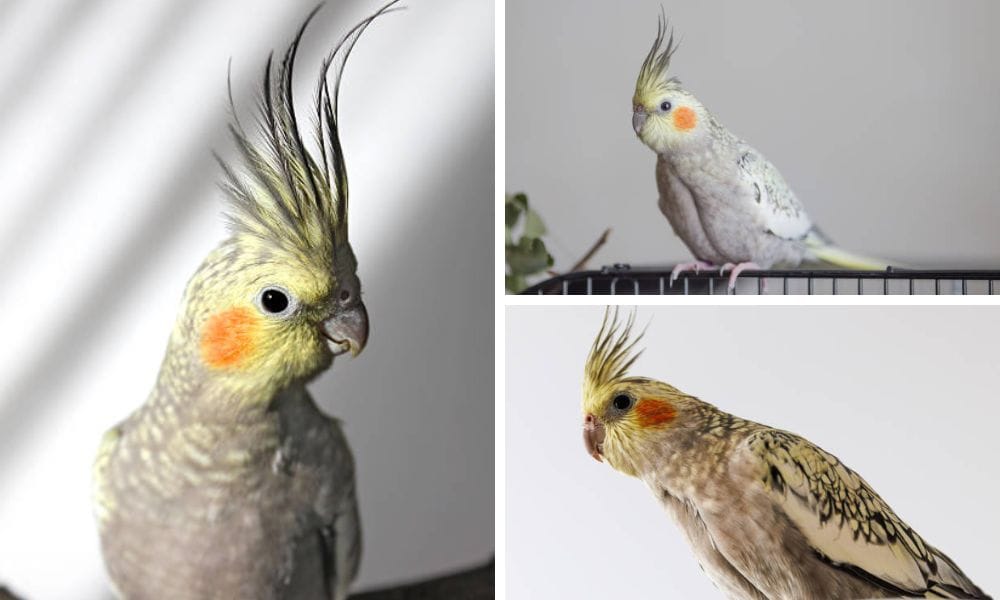
Key Takeaways:
- Understanding the unique needs of pearl cockatiels is essential for their care.
- Proper diet, housing, and social interaction are key to a healthy pearl cockatiel.
- Recognizing the signs of common health issues can ensure a long, happy life for your pet.
Pearl cockatiels are a stunning variety of pet birds that boast a unique pattern of scalloped feathers. Known for their docile personalities and striking appearance, these birds make excellent companions for both novice and experienced bird owners. This comprehensive guide will provide you with all the information you need to care for your feathered friend, from diet and housing to health and behavior.
What Are Pearl Cockatiels?
Pearl cockatiels, also known as laced cockatiels or opaline cockatiels, are a color mutation of the standard grey cockatiel. They are part of the cockatoo family and are characterized by their beautiful, pearl-like markings on their back, wings, and tail feathers. The males lose the pearl patterning after their first molt, resulting in a more standard grey appearance, while females retain their intricate patterns throughout their lives.
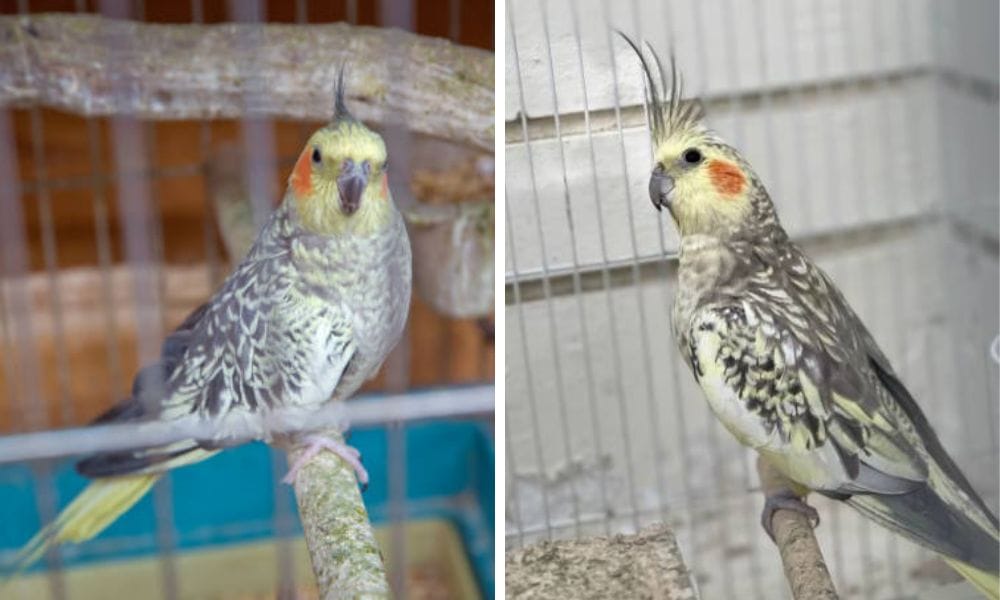
Recognizing a Pearl Cockatiel
Most pearl cockatiels have a base of grey feathers, overlaid with patterns of yellow and white that give them a shimmering, pearly appearance. They may have light blue gray feathers or a cinnamon brown color, depending on the specific breeders and the genetic lineage. Their faces are typically adorned with the signature orange cheek patches of wild cockatiels, and they may have yellow or white wing bars.
The History of Pearl Cockatiels
The first cockatiel mutation, initially discovered in captivity, was the pearl cockatiel. This sex-related genetic mutation has fascinated many breeders and bird owners alike. Since their discovery, pearl cockatiels have become one of the most popular mutations due to their striking appearance and friendly nature.
Housing Your Pearl Cockatiel
When it comes to housing, a spacious flying cage is essential for your pearl cockatiel's well-being. The cage should be large enough to allow your bird to stretch its wings and fly short distances. Horizontal bars on the cage will enable the bird to climb and exercise, which is vital for maintaining good health.
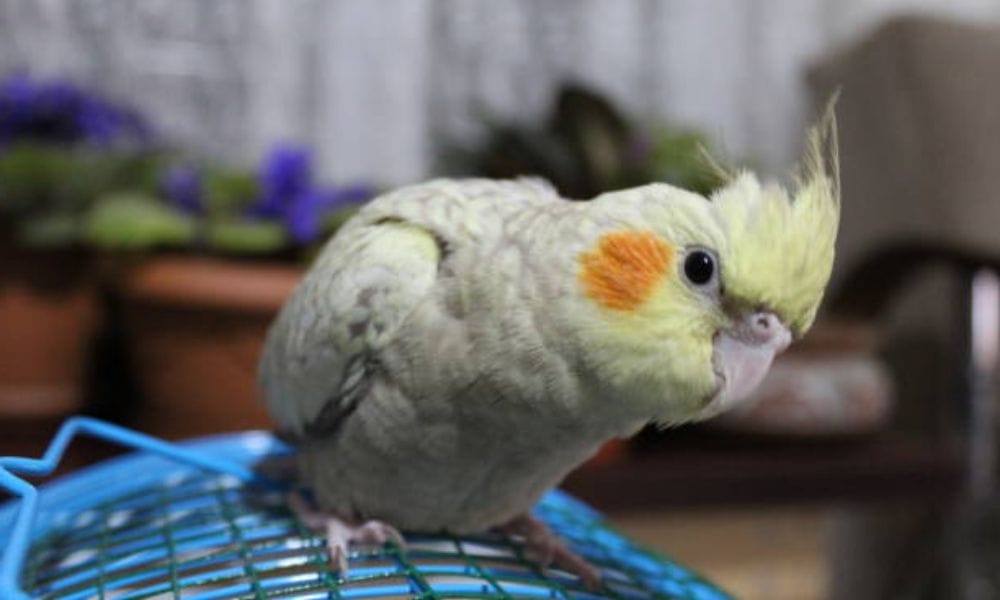
The Ideal Diet for Pearl Cockatiels
A balanced diet is crucial for keeping your pearl cockatiel healthy. A mix of high-quality seeds, pellets, and fresh fruits and vegetables should be provided daily. Avoid foods with pesticide residue and ensure that your bird has access to clean water at all times. Supplementing their diet with vitamins and minerals can prevent nutritional deficiencies.
Social Interaction and Training
Pearl cockatiels are social creatures that thrive on interaction with their human companions. They can learn to mimic sounds and even act as alarm clocks with their morning chirps. Training your bird with positive reinforcement can strengthen your bond and prevent the development of bad habits.
Understanding Molting in Pearl Cockatiels
Molting is a natural process where birds shed old feathers and grow new ones. For young cockatiels, the first molt is a significant event, especially for males, as this is when most pearl cockatiels lose their pearl patterning. During this time, extra nutrition and a calm environment can help your bird cope with the stress of molting.
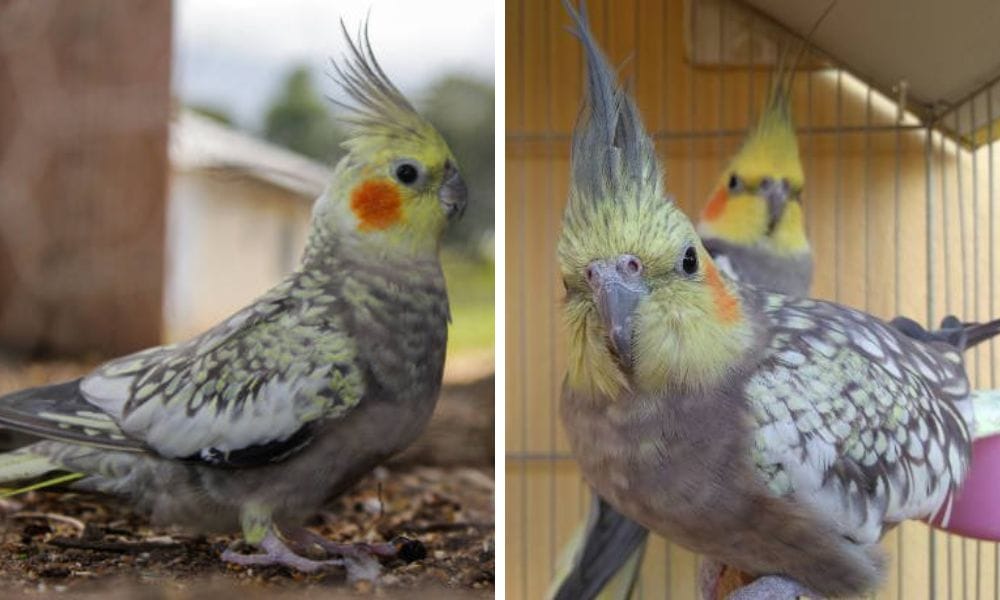
Health Concerns in Pearl Cockatiels
Like all pet birds, pearl cockatiels are susceptible to certain health issues. Fatty liver disease, respiratory infections, and feather plucking are some common problems. Signs of illness may include nasal discharge, red eyes, or changes in behavior. Regular veterinary check-ups can help catch and treat these issues early.
Breeding Pearl Cockatiels
Breeding pearl cockatiels can be a rewarding experience, but it requires a deep understanding of their genetics. The pearl trait is sex-linked, which means that breeding strategies must be carefully planned. It's important to note that female cockatiels have wider pelvic bones, which can be a consideration when selecting breeding pairs.
Pearl Cockatiel Behavior and Temperament
Pearl cockatiels are known for their gentle and docile personalities. They are less likely to bite and are generally good-natured, making them ideal pets for families. However, they do require attention and mental stimulation to prevent boredom and the development of negative behaviors.
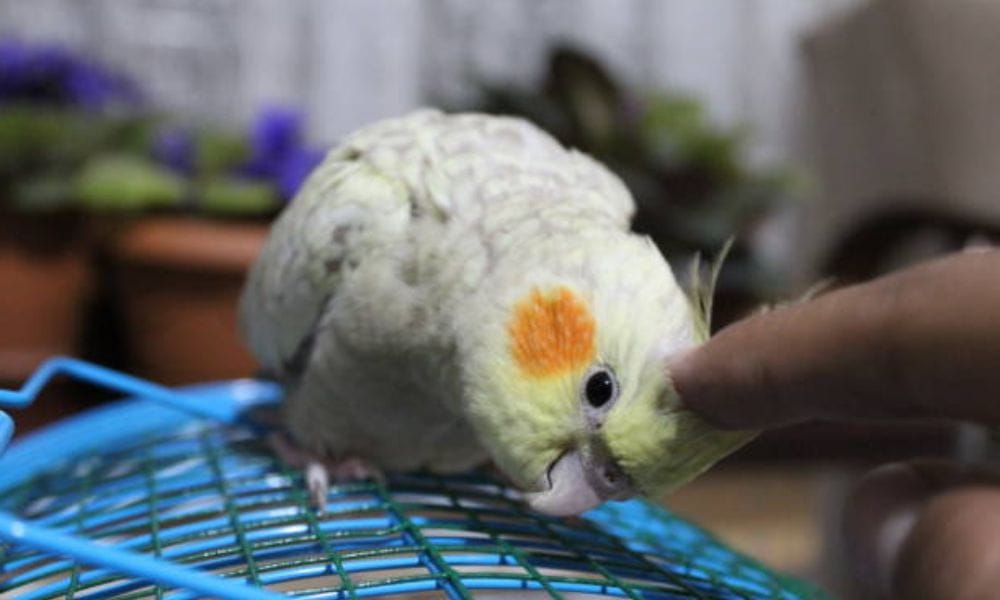
Decoding the Colors: Understanding Pearl Cockatiel Variations
Pearl cockatiels, often referred to as 'pearly tiels', exhibit a fascinating array of colors that can captivate any bird enthusiast. The classic image credit for these birds goes to their distinctive pearl patterning, typically seen as spots or 'pearls' across their grey bodies. This pattern is especially prominent in females and can fade in males as they mature. The orange cheek patch is another hallmark of the breed, providing a striking contrast against their yellow white bird plumage. Variations like the cinnamon pied pearly or the lutino cockatiels introduce warm tans and a yellow pigmentation that further enrich the visual tapestry of these charming parrots.
In addition to the common grey colors, breeders have developed varieties such as the silver pearls, which boast a more diluted grey and white appearance, and the golden pearls, which shimmer with a yellowish infusion. The pied whiteface and pearly whiteface are other exquisite variations, where the absence of the yellow crest and face color pigment results in a sophisticated white-faced cockatiel with colored bars. These mutations, including the clear pied and light pied, are often the result of a sex-related genetic mutation, observed time and again in breeding programs. The diversity in coloration makes each pearly cockatiel unique, with some young birds displaying a more intense yellowish face that may mellow with age.
The Intricacies of Sex-Related Genetic Mutation in Pearl Cockatiels
When discussing the captivating world of pearl cockatiels, it's essential to touch upon the sex-related genetic mutation that often piques the interest of avian enthusiasts. This mutation, which is responsible for the bird's stunning pearl patterning, is indeed sex-linked. This means that the gene responsible for the pearling is located on the sex chromosomes. Typically, females retain the pearl pattern throughout their lives, while males may lose these markings after their first molt, due to the inheritance patterns associated with sex-linked genes.
Understanding the genetics behind these mutations can be quite fascinating. For instance, a male pearl cockatiel that carries the gene can pass it on to his offspring. However, if he mates with a female who does not display the pearl pattern, their male chicks will not show the pearling, while the female chicks will. This is because the male chicks receive a non-pearled gene from their mother and a pearled gene from their father, but only express the non-pearled phenotype. This genetic dance is a prime example of how sex-linked traits manifest in these charming birds.
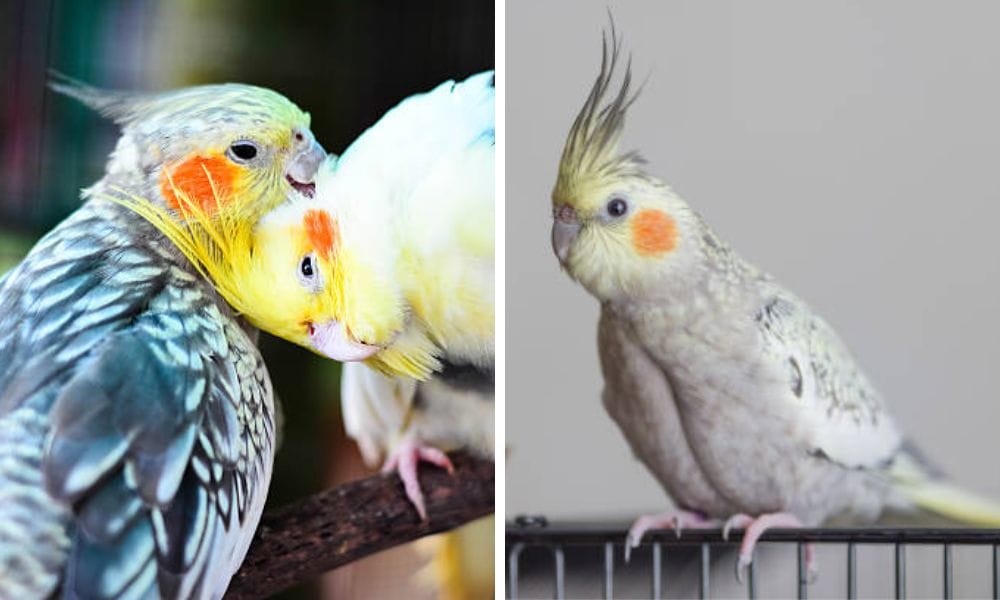
A Detailed Description of Cockatiels and Their Gray Body
Cockatiels are known for their charismatic personalities and distinctive appearance, which often includes a gray body. This gray body serves as the base color for many cockatiel mutations, including the pearl. The standard gray cockatiel, which is the wild type, showcases a sleek gray body with a contrasting yellow face and crest, and those striking orange cheek patches that are so characteristic of the species. This gray plumage is not just about aesthetics; it plays a crucial role in camouflage in their natural habitat.
When it comes to pearl cockatiels, the gray body is adorned with a pattern of scalloped feathers that resemble pearls, hence the name. These 'pearls' can vary in intensity and coverage, with some birds displaying a subtle sprinkling, while others boast a more lavish and extensive pattern. The gray body of a pearl cockatiel may appear softer and more diluted, with the pearling adding a layer of complexity to their overall look. This description of cockatiels is not only essential for potential owners to identify and appreciate the beauty of these birds but also serves as a baseline for recognizing the various mutations that can occur within the species.
Pearl Cockatiel Genetics: A Closer Look at Sex-Linked Traits
The genetics of pearl cockatiels can be quite intriguing, particularly when it comes to understanding how sex-linked traits are passed down. For instance, the pearl pattern is a sex-linked genetic mutation, which means that it is associated with the sex chromosomes. In pearl tiels, this often results in males losing their pearly patterns as they reach maturity, while females retain these beautiful markings throughout their lives. This can make sexing young birds a bit of a challenge, as both sexes initially exhibit the pearly patterns, but careful observation over time can reveal the changes.
Moreover, the interplay of genetics gives rise to the various color mutations we adore in these birds. The lutino cockatiels, for example, lack the grey colors and instead have a stunning white appearance with a yellowish face and red eyes, due to a lack of melanin. On the other hand, the cinnamon pied pearly cockatiels have a softer, more diluted color pigment, giving them a distinct and attractive look. Breeders often aim to combine these traits to create new and visually appealing variations, such as the yellow faces or the white faced cockatiels with their elegant silver pearls. Understanding these genetic nuances is not only fascinating but also essential for anyone looking to breed pearly tiels responsibly.
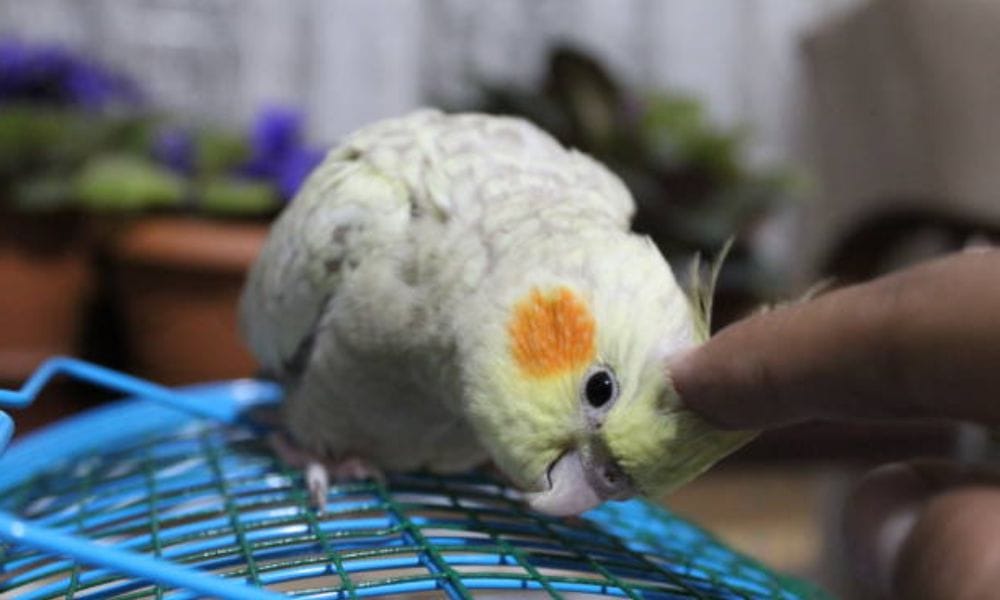
Common Misconceptions About Pearl Cockatiels
Some people believe that all pearl cockatiels are female due to the persistence of their pearl patterns, but young males can also display these markings until their juvenile molt. Additionally, the idea that pearl cockatiels are more prone to health issues is a myth; they require the same level of care as other cockatiel mutations.
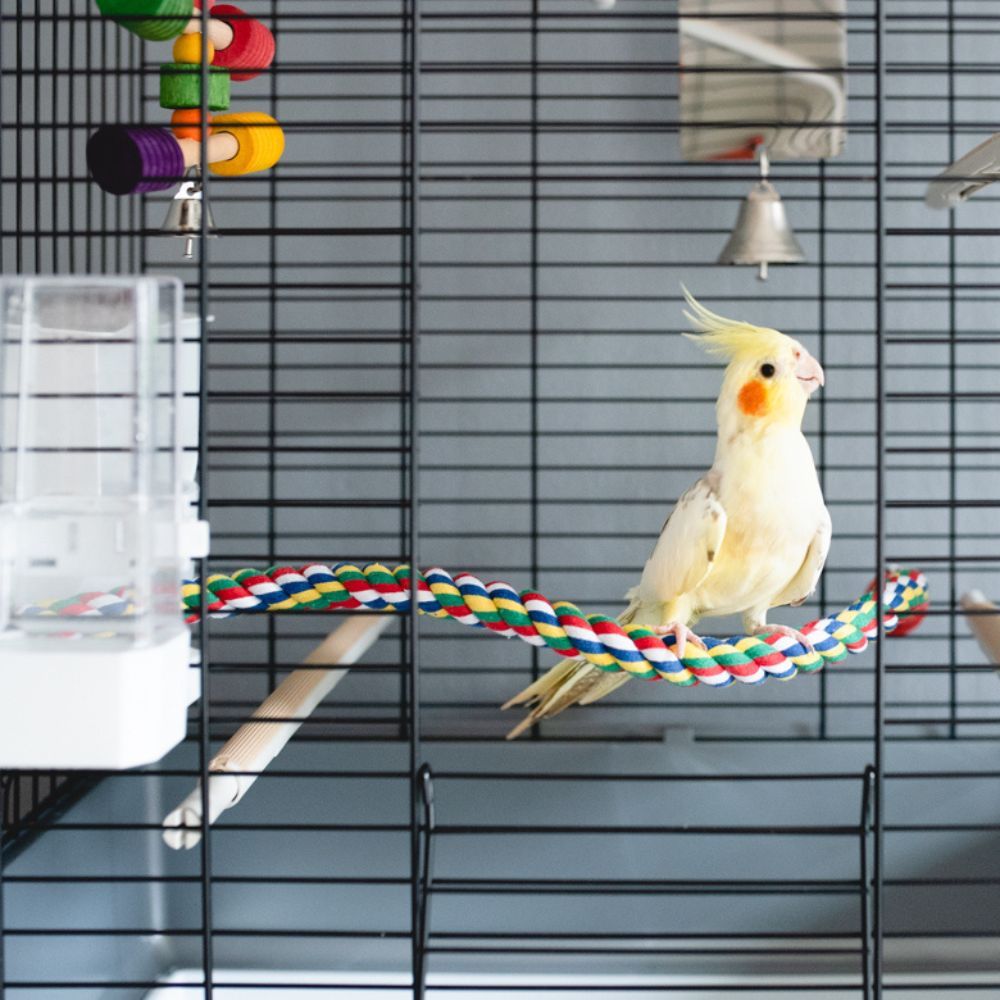
The Importance of Regular Exercise
Regular exercise is vital for your pearl cockatiel's health. Allowing your bird to fly outside the cage in a safe, enclosed space can help maintain its physical fitness. Wings slightly clipped can encourage exercise while ensuring the bird's safety within the home environment.
Pearl Cockatiel Lifespan and Longevity
With proper care, pearl cockatiels can live for many years, often reaching up to 15-20 years of age. Factors that contribute to a long lifespan include a nutritious diet, regular veterinary care, and a clean, stimulating environment.
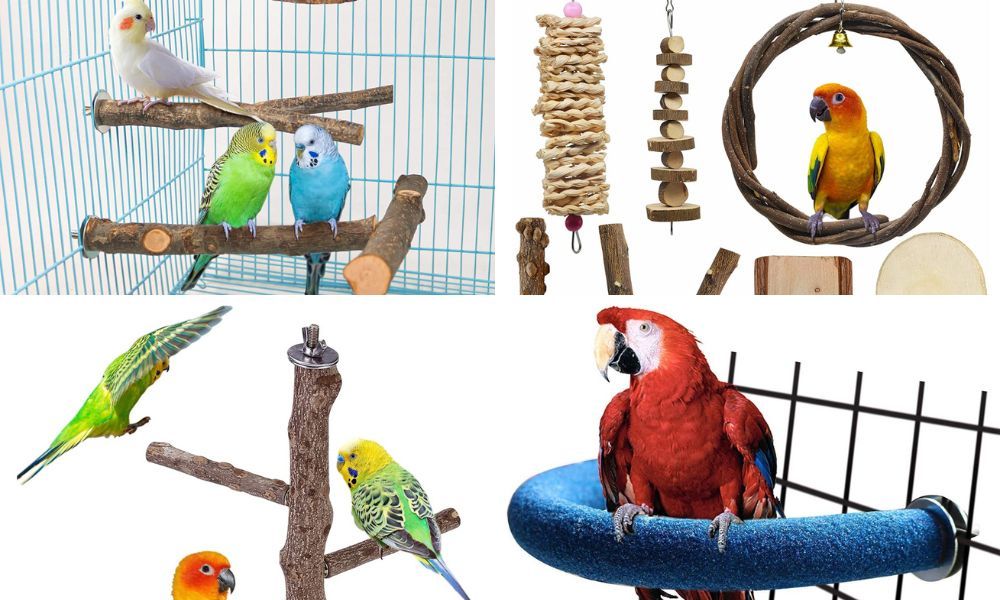
Grooming Your Pearl Cockatiel
Grooming is an essential aspect of pearl cockatiel care. Regular nail trims, wing clipping (if desired), and baths are necessary to keep your bird in top condition. Baths can be given in a shallow dish of water or by misting your bird with a spray bottle.
The Role of Toys and Enrichment
Toys and enrichment activities are crucial for keeping your pearl cockatiel mentally stimulated. Many birds enjoy toys that can be chewed, shredded, or manipulated. Rotating toys regularly can keep your bird interested and engaged.
Handling and Bonding with Your Pearl Cockatiel
Handling your pearl cockatiel gently and frequently can help build a strong bond between you and your bird. It's important to move slowly and speak softly to avoid frightening your pet. Over time, your cockatiel will learn to trust you and may even seek out your companionship.
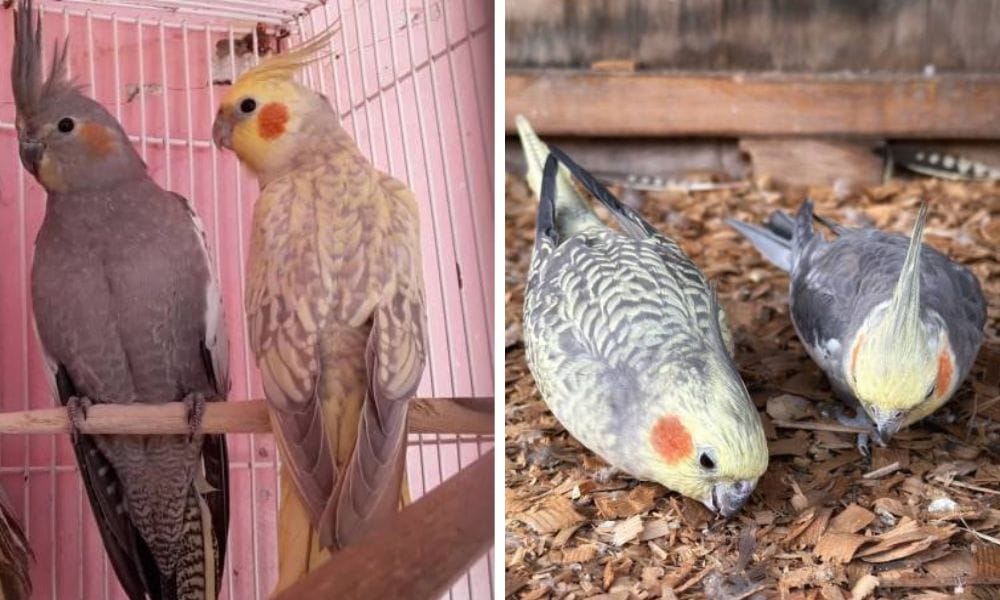
Preparing for Your First Pearl Cockatiel
If you're considering a pearl cockatiel as your first pet bird, it's important to do your research and prepare your home. Ensure you have the right cage, food, and accessories before bringing your new bird home. It's also helpful to connect with experienced bird owners or join online forums for advice and support.
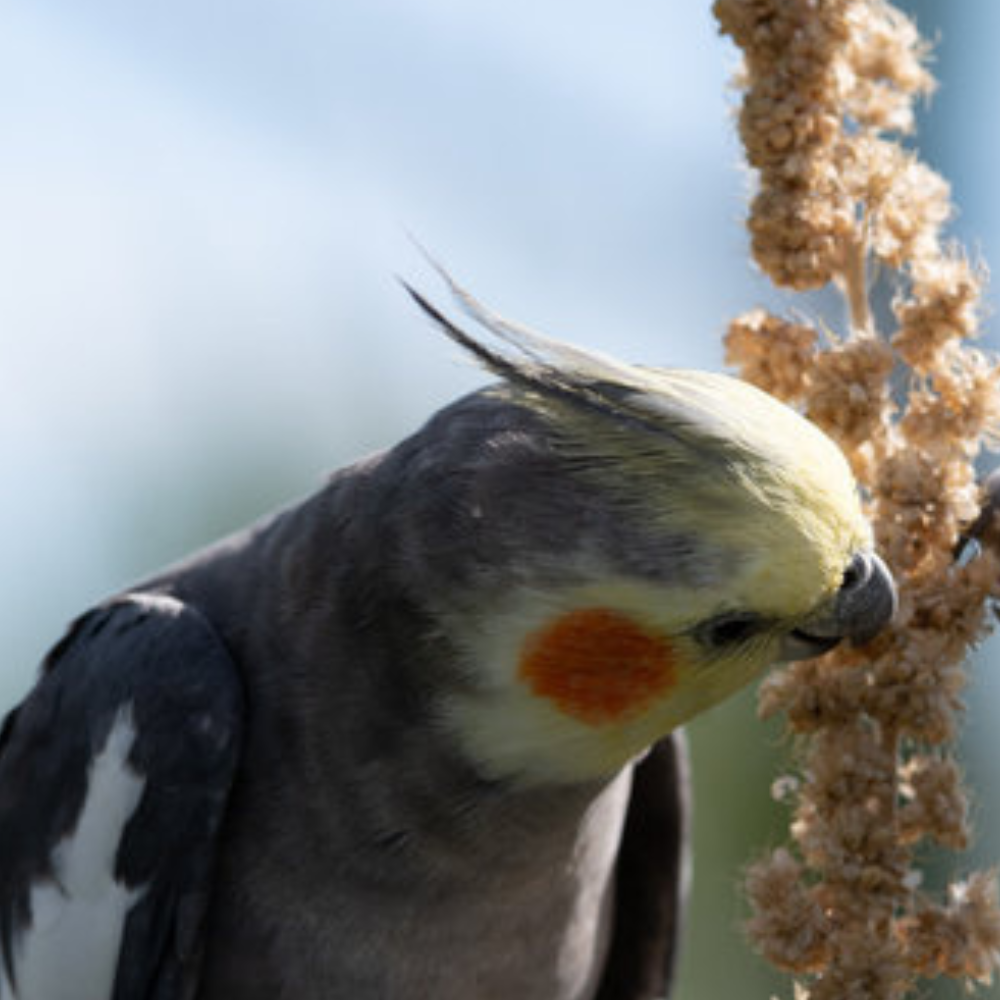
Pearl Cockatiel and Children
Pearl cockatiels can be great pets for families with children due to their friendly nature. However, it's important to teach children how to interact with the bird safely and respectfully. Supervision is necessary to ensure the safety of both the child and the bird.
The Cost of Owning a Pearl Cockatiel
Owning a pearl cockatiel involves initial costs for the bird, cage, perches and accessories, as well as ongoing expenses for food, toys, and veterinary care. It's important to consider these costs before deciding to bring a pearl cockatiel into your home.

Finding a Reputable Breeder
When looking for a pearl cockatiel, it's essential to find a reputable breeder who can provide a healthy, well-socialized bird. Specific breeders who specialize in pearl cockatiels can offer valuable insights into the care and temperament of these birds.
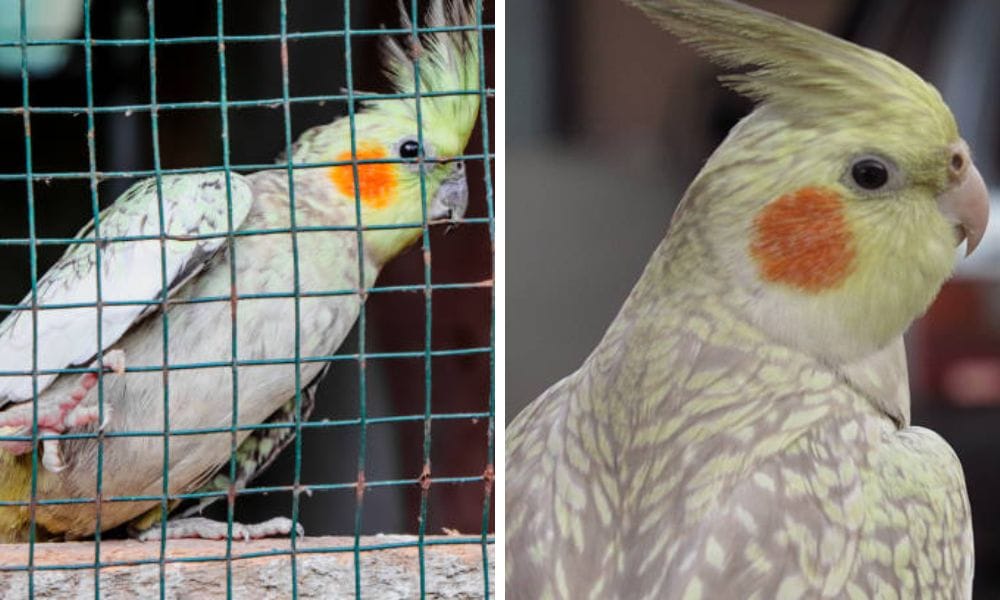
Summary
Pearl cockatiels are beautiful, affectionate birds that make wonderful companions. By providing them with a spacious cage, a balanced diet, and plenty of social interaction, you can ensure a happy and healthy life for your pet. Regular health check-ups and attention to grooming and enrichment will help your pearl cockatiel thrive. With the right care, these charming birds can be a delightful addition to any home.
FAQ Section
Q: How can I tell if my pearl cockatiel is male or female? A: Male pearl cockatiels typically lose their pearl patterns after their first molt, while females retain the patterns throughout their lives. However, DNA testing is the most accurate way to determine the sex of your bird.
Q: What should I feed my pearl cockatiel? A: A balanced diet for a pearl cockatiel should include a mix of seeds, pellets, and fresh fruits and vegetables. Avoid foods with pesticide residue and always provide clean water.
Q: How long do pearl cockatiels live? A: With proper care, pearl cockatiels can live for 15-20 years. Factors that contribute to their longevity include a nutritious diet, regular exercise, and veterinary care.

